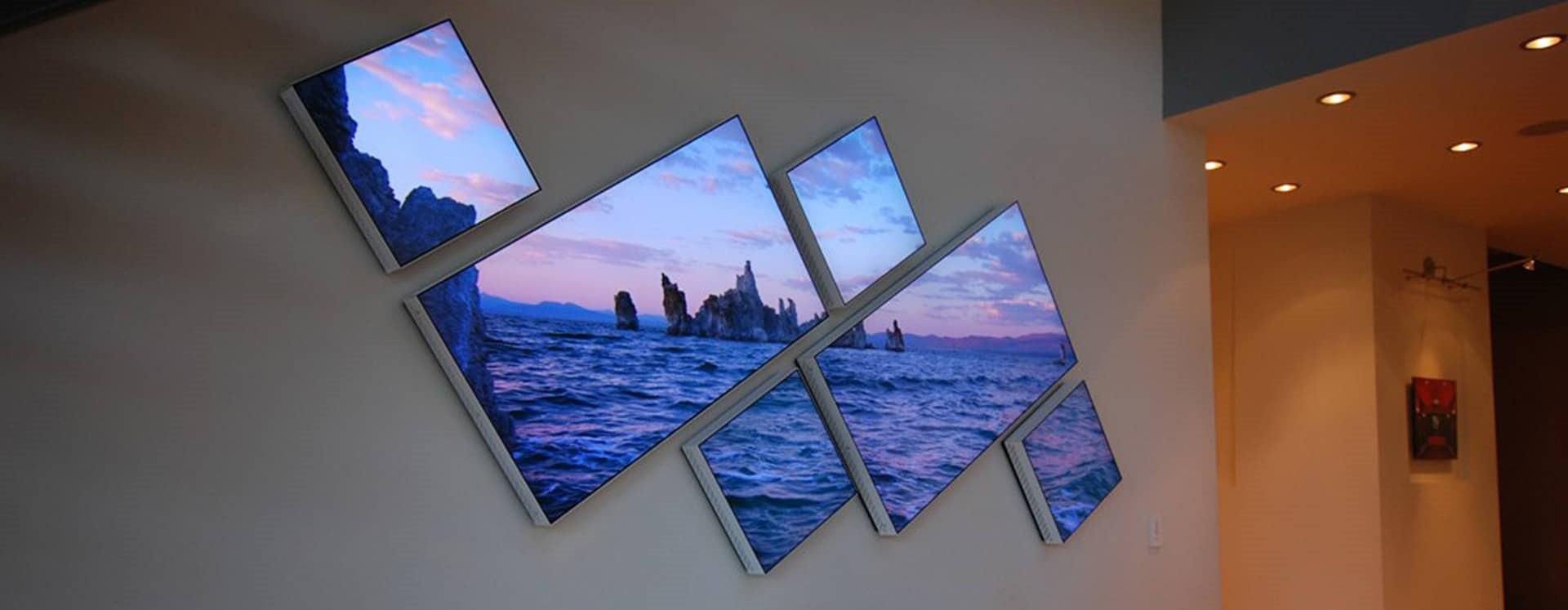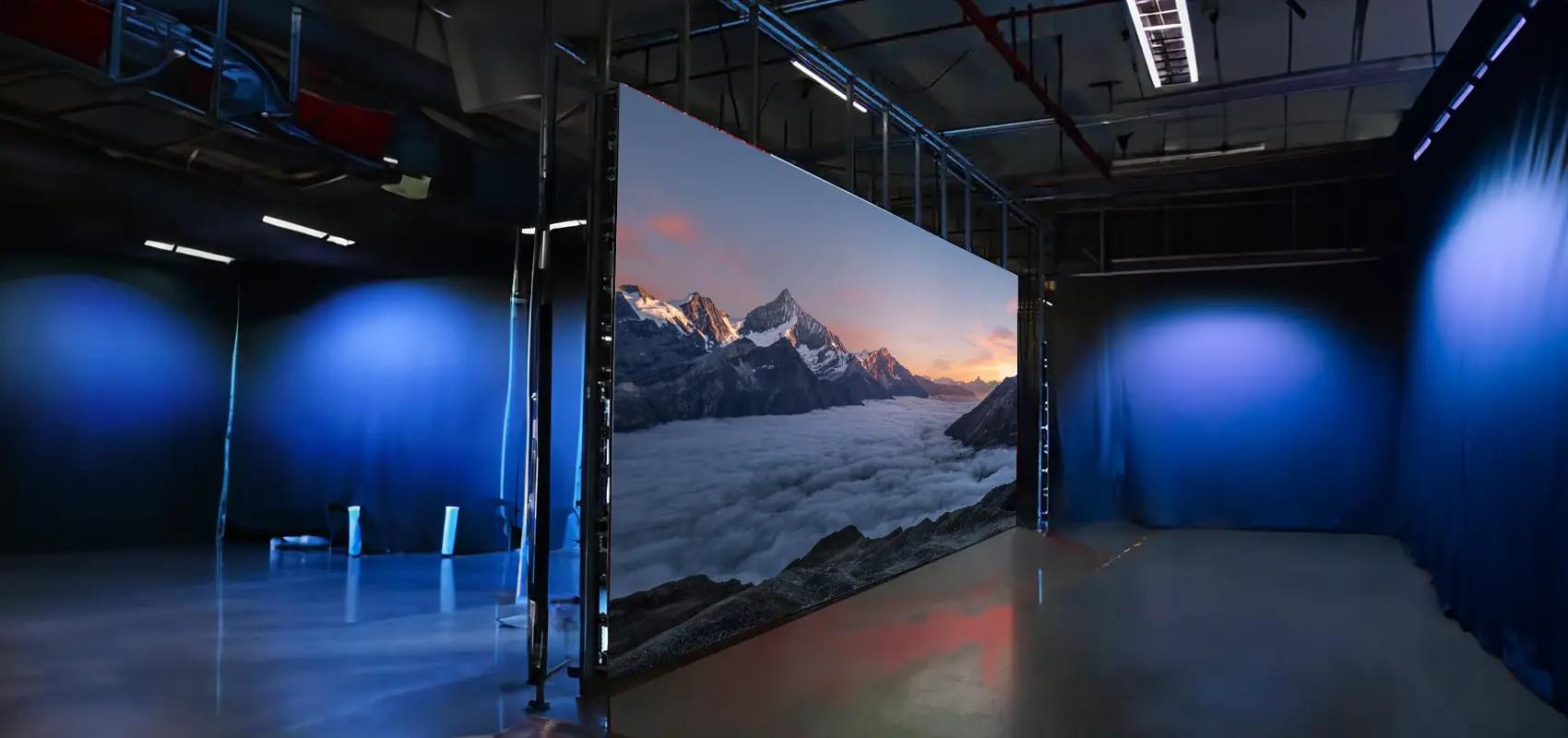In the world of modern displays, LED Display technology has revolutionized how we present information and engage audiences. Among the various components of this technology, LED panels and LED video walls stand out as two popular options. Although they may seem similar at first glance, they serve distinct purposes and are designed for different applications. Here, we delve into the differences between LED panels and LED video walls, exploring their features, benefits, and ideal uses.
What Are LED Panels?
LED panels are flat, thin displays made up of numerous individual light-emitting diodes (LEDs). These panels can be used in various settings, including commercial spaces, homes, and offices, to convey information, enhance aesthetics, or create immersive environments. LED panels come in different sizes and resolutions, making them versatile for various applications.
Key Features of LED Panels:
- Form Factor: Typically available in standard sizes, from small displays to larger screens, LED panels are often easier to install and integrate into existing environments.
- Resolution: LED panels can have high pixel density, providing sharp images and clarity for detailed content.
- Use Cases: Commonly found in retail displays, digital signage, corporate presentations, and home entertainment systems, LED panels excel in environments where consistent and high-quality visual output is required.
- Cost-Effective: Generally, LED panels are less expensive than video walls, making them an ideal choice for smaller budgets or less demanding visual needs.

LED video walls, on the other hand, are large-scale displays created by combining multiple LED panels into a single, cohesive screen. This setup allows for the creation of expansive visuals that can cover entire walls or large areas, making them particularly suitable for events, concerts, broadcast studios, and other large-format applications.
Key Features of LED Video Walls:
- Size and Scale: Video walls can be customized to fit any space, often spanning several meters in width and height, which creates an immersive viewing experience.
- Seamless Display: When properly calibrated, video walls can produce a continuous, uninterrupted image with minimal bezels, making them ideal for dynamic presentations and visual storytelling.
- Versatile Content: LED video walls can display a wide range of content, from high-definition videos to live feeds, making them perfect for entertainment and corporate events.
- Impactful Presence: Due to their size and brightness, video walls command attention, drawing viewers in and creating a powerful visual impact.

The Difference Between LED Panels and LED Video Walls
While both LED panels and LED video walls utilize LED technology, their differences lie in scale, application, and visual impact. Here are some critical comparisons:
1. Scale and Size:
- LED Panels: Usually singular displays that fit standard dimensions.
- LED Video Walls: Composed of multiple panels, allowing for large-scale installations.
2. Installation and Setup:
- LED Panels: Generally simpler to install and require less space.
- LED Video Walls: Require more intricate setup and calibration to ensure seamless integration.
3. Content Versatility:
- LED Panels: Best suited for static or specific video content.
- LED Video Walls: Ideal for dynamic content and varied presentations, accommodating everything from advertisements to live broadcasts.
4. Cost Consideration:
- LED Panels: More budget-friendly, suitable for personal or small business use.
- LED Video Walls: Higher investment, but justified for large venues or events where impact is essential.
Conclusion
In conclusion, the choice between LED panels and LED video walls ultimately depends on the specific needs of the project. If you need a small, efficient display, LED panels may be the most appropriate choice. However, if you want to captivate your audience with stunning visuals at a large event or space, an LED video wall will provide you with an unparalleled experience.
Post time: Aug-15-2024







